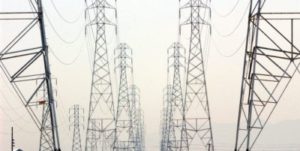Tesla, Energy Storage, and Grid Reliability
April 19, 2020

Found in South Australia is what many claim to be the “world’s biggest battery,” or the Hornsdale Battery, built by Tesla and Neoen, originally built with a 100MW/129MWh capacity. Recently, Tesla completed the construction of an additional 50MW/64.5MWh component. Together this brings the capacity to a total of 150MW/193.5MWh.
The Hornsdale Battery works in the Australian electric grid as a “peaker” plant that injects power when demand is the highest to prevent price inflation and congestion of transmission. In other words, it helps in creating a reliable grid. It has been working to an extent of generating almost $1M of revenues in a couple of days, with a project cost of $66M. Estimates show it has saved consumers around $116M in additional peak demand charges if a steam, or natural gas plant was turned on.
Battery storage is the next step in achieving grid reliability, stable energy prices, and effective use of renewable energy when it is needed the most. In order for the world as a whole to move towards green energy, these kinds of projects must be tested on large scales, such as what Tesla and Neoen have done in South Australia.
